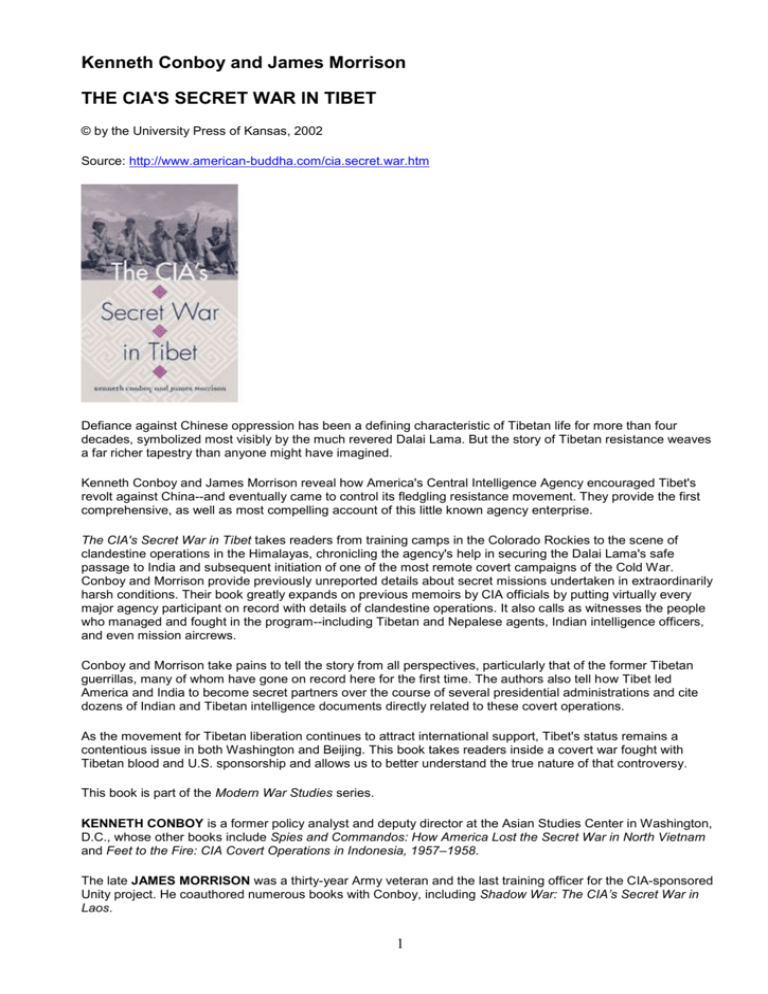
#Cia browning hi power spy free#
In 1954 Wisner arranged for the funding the Hollywood production of Animal Farm, the animated allegory based on the book written by George Orwell.Īccording to Alex Constantine ( Mockingbird: The Subversion Of The Free Press By The CIA), in the 1950s, "some 3,000 salaried and contract CIA employees were eventually engaged in propaganda efforts".

Frank Wisner was constantly looked for ways to help convince the public of the dangers of communism. Some of this money was used to bribe journalists and publishers. The Office of Policy Coordination (OPC) was funded by siphoning of funds intended for the Marshall Plan. These organizations were run by people such as William Paley (CBS), Henry Luce ( Time Magazine and Life Magazine), Arthur Hays Sulzberger ( New York Times), Helen Rogers Reid ( New York Herald Tribune), Dorothy Schiff ( New York Post), Alfred Friendly (managing editor of the Washington Post), Barry Bingham ( Louisville Courier-Journal) and James S. By this time Operation Mockingbird had a major influence over 25 newspapers and wire agencies. Dulles, director of the Central Intelligence Agency. The CIA also provided them with classified information to help them with their work.Īfter 1953 the network was overseen by Allen W. According to Nina Burleigh, the author of A Very Private Woman, (1998) these journalists sometimes wrote articles that were commissioned by Frank Wisner. Baggs ( Miami News), Herb Gold ( Miami News) and Charles L. Jackson ( Time Magazine), Walter Pincus ( Washington Post), Walter Winchell ( New York Daily Mirror), Drew Pearson, Walter Lippmann, William Allen White, Edgar Ansel Mowrer ( Chicago Daily News), Hal Hendrix ( Miami News), Whitelaw Reid ( New York Herald Tribune), Jerry O'Leary ( Washington Star ), William C. Other journalists willing to promote the views of the CIA included Stewart Alsop ( New York Herald Tribune), Ben Bradlee ( Newsweek), James Reston ( New York Times), C. One of the most important journalists under the control of Operation Mockingbird was Joseph Alsop, whose articles appeared in over 300 different newspapers. According to Deborah Davis, Meyer became Mockingbird's "principal operative". However, there is evidence that he was recruited several years earlier and had been spying on the liberal organizations he had been a member of in the later 1940s. Dulles persuaded Cord Meyer to join the CIA. According to Deborah Davis, the author of Katharine the Great (1979) : "By the early 1950s, Wisner 'owned' respected members of the New York Times, Newsweek, CBS and other communications vehicles." Others like Stewart Alsop, Joseph Alsop and James Reston, were recruited from within the Georgetown Set. This included James Truitt, Russell Wiggins, Phil Geyelin, John Hayes and Alan Barth.

Graham himself recruited others who had worked for military intelligence during the war. Wisner recruited Philip Graham ( Washington Post) to run the project within the industry. Later that year Wisner established Mockingbird, a program to influence the domestic American media. Wisner was told to create an organization that concentrated on "propaganda, economic warfare preventive direct action, including sabotage, anti-sabotage, demolition and evacuation measures subversion against hostile states, including assistance to underground resistance groups, and support of indigenous anti-Communist elements in threatened countries of the free world." This became the espionage and counter-intelligence branch of the Central Intelligence Agency.

Soon afterwards it was renamed the Office of Policy Coordination (OPC). In 1948 Frank Wisner was appointed director of the Office of Special Projects.


 0 kommentar(er)
0 kommentar(er)
